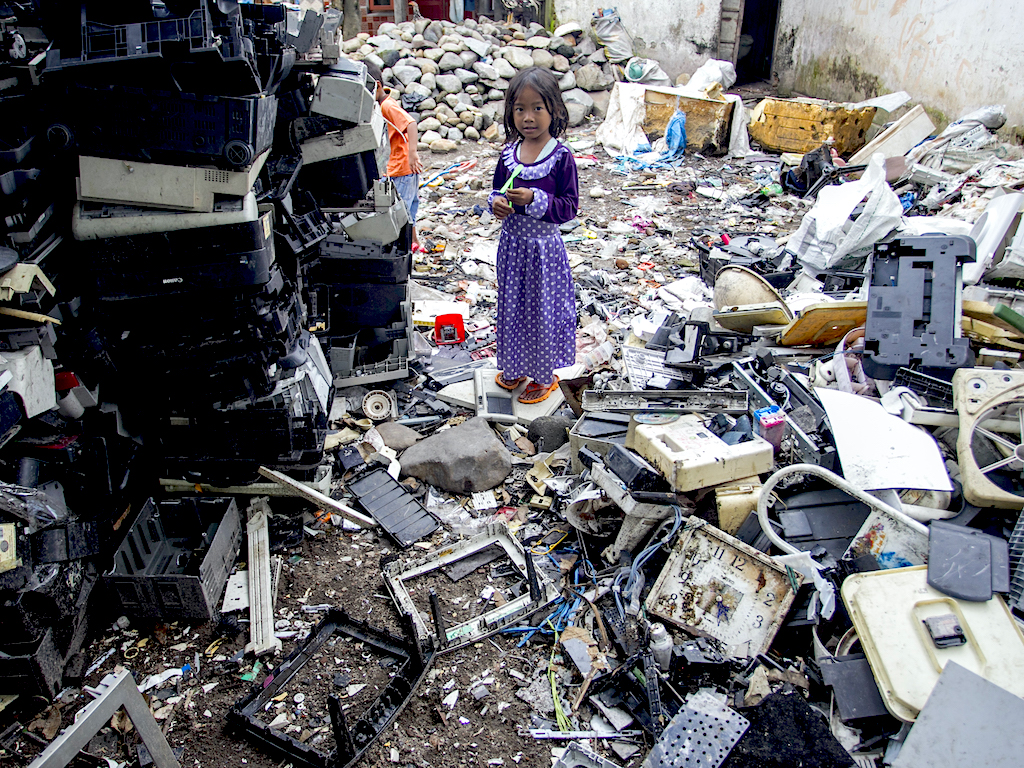3 Mins Read
A new United Nations report has revealed the astonishing waste generated by our electronics. Last year, the world dumped over 53 million tonnes of e-waste with only a tiny fraction ending up recycled. According to the analysts, the unrecycled waste represents a huge economic loss, with US$10 billion in precious metals hidden in the mountains of trash.
Released last Thursday (July 2), the UN-led Global E-Waste Monitor 2020 report found that the world had thrown out a record 53.6 million tonnes of broken electronics and electrical goods last year with only 17.4% of it being recycled. The figure represents a 21% increase in just five years, and is equivalent to 7.3 kilograms for every person on the planet.
“Even countries with a formal e-waste management system in place are confronted with relatively low collection and recycling rates,” stated the report. Meanwhile, in middle and low-income countries, infrastructure to manage e-waste is either “not yet fully developed, or, in same cases, is entirely absent”.
The biggest contributor to e-waste is China with 10.1 million tonnes, followed by the United States with 6.9 million tonnes and India at 3.2 million tonnes. The top three countries alone accounted for almost 38% of global e-waste.
Once disposed of into landfills, electronic and electrical goods – ranging from smartphones to kettles and refrigerators – leach toxic substances harmful to human health and the environment into the soil and water, such as mercury, cadmium and lead. Some e-waste is also incinerated, a process that releases toxic dioxins into the air as well as carbon emissions that fuel the climate crisis.
Undocumented and inadequately recycled refrigerators and air conditioners alone release 98 million tonnes of carbon dioxide equivalent into the atmosphere – almost matching the national emissions of Belgium.
Experts say that it is the lack of regulation and short lifespan of electronic devices and products that are fuelling unsustainable production of such goods, making the current e-waste crisis a preventable scandal that could have been avoided.
The e-waste crisis also amounts to hundreds of millions in estimated economic losses, says the report. Hidden in the mountains of e-waste trash is at least US$14 billion worth of gold, platinum, copper, silver, iron and other precious metals. Currently, only US$4 billion worth is being recovered, leaving an estimated US$10 billion in the wind.
If collection and recycling efforts were better managed and organised, these precious metals dumped as e-waste would provide an entirely new economy with job opportunities while reducing the need to mine for new metals, curbing unsustainable resource extraction, production and greenhouse gas emissions.
Some governments have made attempts to regulate the industry in order to curb the rising e-waste figures and its enormous environmental footprint. In March, the European Commission announced a plan to require manufacturers to make products that last longer, and are easier to repair and reuse instead of thrown away.
However, such circular economy policies have yet to be proposed in the three largest e-waste polluters or in developing countries where e-waste management is almost non-existent, especially in Asia, where rising demand will likely exacerbate the crisis.
Lead image courtesy of Fully Syafi / Greenpeace.




